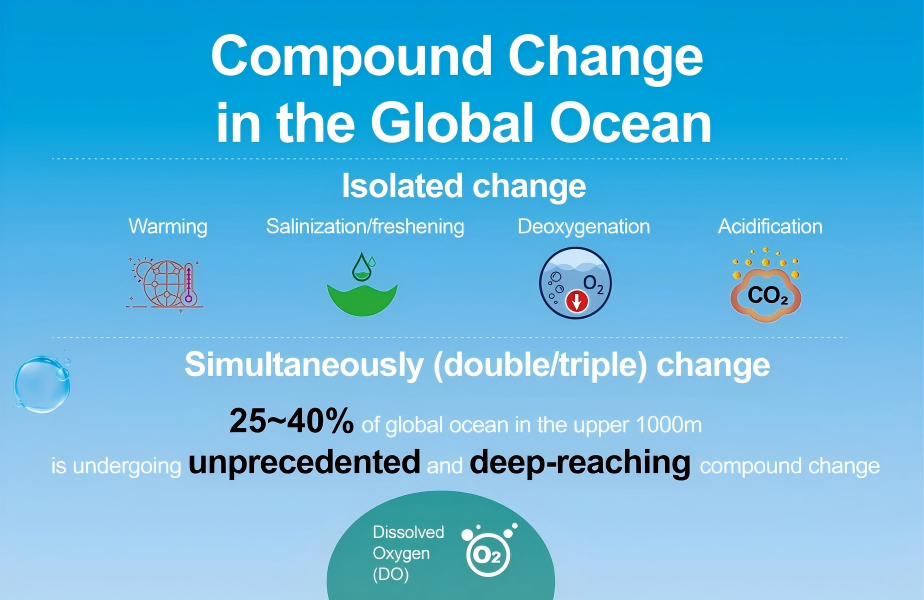
Susan Cutter, and four other members of IRDR’s Scientific Committee (Irasema Alcántara-Ayala, Salvano Briceño, David Johnston, Kuniyoshi Takeuchi), plus many other members of the extended IRDR research family jointly authored an article published in June’s edition of Nature.
The article argues for IRDR’s underlying tenet – that integrating and using knowledge from difference disciplines and sources can help reduce and sometimes even prevent hazard impacts from becoming disasters. In order to successfully implement the new Sendai Framework for Disaster Risk Reduction 2015-2030, it is crucial to connect and align scientific research with policy.
“Public awareness, rigorous risk research and aligned targets will help policy-makers to increase resilience against natural hazards,” say the authors. Read the full text here. Read three lessons yet to be learned below.






